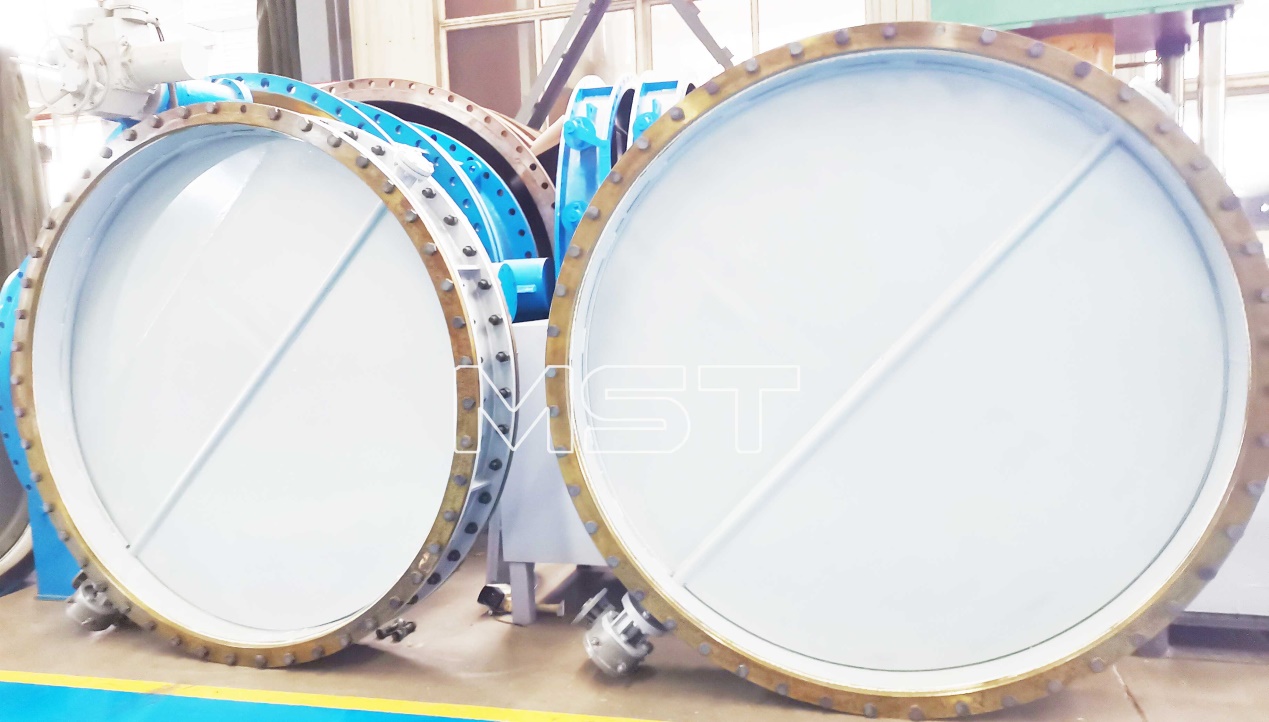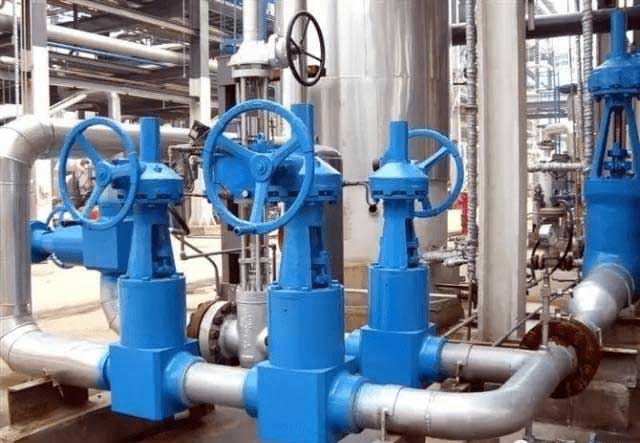 English
English Español
Español  Português
Português  русский
русский  Français
Français  日本語
日本語  Deutsch
Deutsch  tiếng Việt
tiếng Việt  Italiano
Italiano  Nederlands
Nederlands  ภาษาไทย
ภาษาไทย  Polski
Polski  한국어
한국어  Svenska
Svenska  magyar
magyar  Malay
Malay  বাংলা ভাষার
বাংলা ভাষার  Dansk
Dansk  Suomi
Suomi  हिन्दी
हिन्दी  Pilipino
Pilipino  Türkçe
Türkçe  Gaeilge
Gaeilge  العربية
العربية  Indonesia
Indonesia  Norsk
Norsk  تمل
تمل  český
český  ελληνικά
ελληνικά  український
український  Javanese
Javanese  فارسی
فارسی  தமிழ்
தமிழ்  తెలుగు
తెలుగు  नेपाली
नेपाली  Burmese
Burmese  български
български  ລາວ
ລາວ  Latine
Latine  Қазақша
Қазақша  Euskal
Euskal  Azərbaycan
Azərbaycan  Slovenský jazyk
Slovenský jazyk  Македонски
Македонски  Lietuvos
Lietuvos  Eesti Keel
Eesti Keel  Română
Română  Slovenski
Slovenski  मराठी
मराठी  Srpski језик
Srpski језик
What Kind of Valve Material Should be Selected for Corrosive Medium
2021-05-09
Corrosion is one of the most troublesome hazards of chemical equipment. Slight carelessness may damage the equipment, or cause accidents or even disasters. According to the relevant statistics, about 60% of the damage of chemical equipment is caused by corrosion, so the selection of chemical valves should be scientific.

Chemical valve material should be based on different media, specific analysis of specific problems, not across the board. The main points of material selection for some common chemical media are as follows
1) Selection of valve material in sulfuric acid medium
As one of the strong corrosive media, sulfuric acid is an important industrial raw material widely used. For concentrated sulfuric acid with concentration above 80% and temperature below 80 ℃, carbon steel and cast iron have better corrosion resistance, but they are not suitable for high-speed flow of sulfuric acid and are not suitable for pump valve materials; Common stainless steels such as 304 (0Cr18Ni9) and 316 (0Cr18Ni12Mo2Ti) are also limited in use for sulfuric acid medium. Therefore, the pump valve for transporting sulfuric acid is usually made of high silicon cast iron (difficult to cast and process) and high alloy stainless steel (No. 20 alloy). Fluoroplastics have good resistance to sulfuric acid. It is a more economical choice to use fluorine lined valve.
2) Selection of valve material in hydrochloric acid medium
Most metal materials are not resistant to hydrochloric acid corrosion (including various stainless steel materials), and molybdenum containing high silicon iron can only be used for hydrochloric acid below 50 ℃ and 30%. Contrary to metal materials, most non-metal materials have good corrosion resistance to hydrochloric acid, so rubber lined valves and plastic valves (such as polypropylene, fluoroplastics, etc.) are the best choice for conveying hydrochloric acid.

3) Selection of valve material in nitric acid medium
Stainless steel is the most widely used nitric acid resistant material. It has good corrosion resistance to all concentrations of nitric acid at room temperature. It is worth mentioning that the corrosion resistance of stainless steel containing molybdenum (such as 316, 316L) to nitric acid is not better than that of ordinary stainless steel (such as 304, 321), sometimes even worse. For high temperature nitric acid, titanium and titanium alloy are usually used.
4) Selection of valve material in acetic acid medium
Acetic acid is one of the most corrosive substances in organic acids. Ordinary steel will be seriously corroded in all concentrations and temperatures of acetic acid. Stainless steel is an excellent acetic acid resistant material. 316 stainless steel containing molybdenum can also be used for high temperature and dilute acetic acid steam. For high temperature and high concentration acetic acid or containing other corrosive media and other harsh requirements, high alloy stainless steel valve or fluoroplastic valve can be selected.




